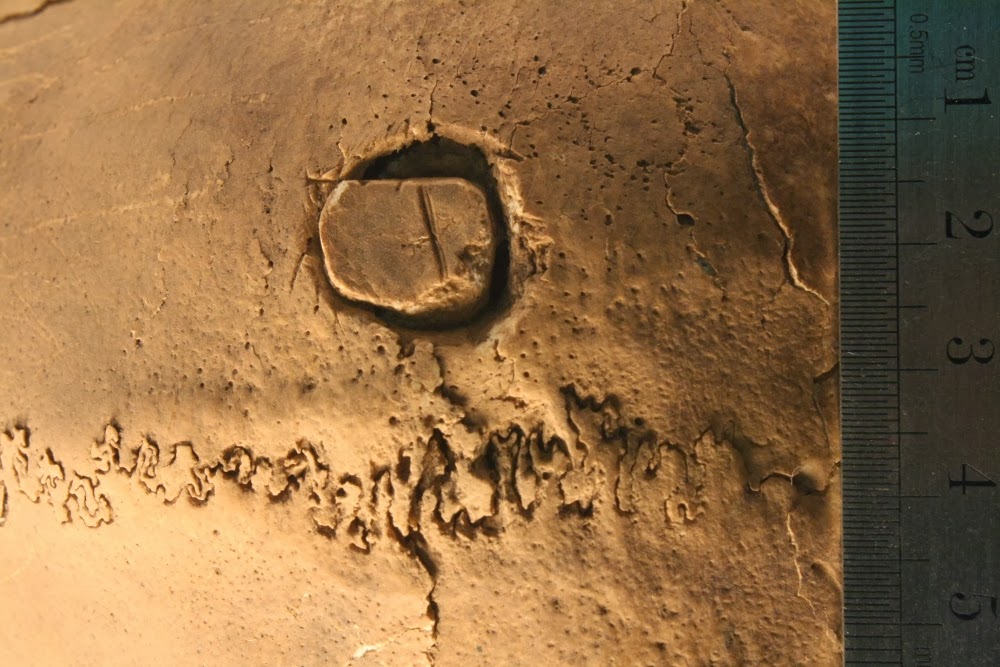
Andean People Already Perfected Skull Surgery Thousands of Years Ago
A cutting method was employed for this incomplete trepanation. The patient died before the bone plug could be removed successfully. Photo: Danielle Kurin
Kurin’s research proves that various skull surgery practices and techniques were being employed around Peru at the same time. They either applied scraping or cutting, or used a hand drill. “It looks like they were trying different techniques, the same way we might try new medical procedures today,” Kurin said. “They’re experimenting with different ways of cutting into the skull.”
Sometimes the surgical intervetions were successful, with the patient fully recovering. At other times, things didn’t work out so well. “We can tell a trepanation is healed because we see these finger-like projections of bone that are growing,” Kurin explains. “We have several cases where someone suffered a head fracture and were treated with the surgery; in many cases, both the original wound and the trepanation healed.” It could take several years for the bone to regrow, and in a subset of those, a trepanation hole in the patient’s head might remain for the rest of his life, thereby conferring upon him a new “survivor” identity.
Kurin’s research proves that various skull surgery practices and techniques were being employed around Peru at the same time. They either applied scraping or cutting, or used a hand drill. “It looks like they were trying different techniques, the same way we might try new medical procedures today,” Kurin said. “They’re experimenting with different ways of cutting into the skull.”
Sometimes the surgical intervetions were successful, with the patient fully recovering. At other times, things didn’t work out so well. “We can tell a trepanation is healed because we see these finger-like projections of bone that are growing,” Kurin explains. “We have several cases where someone suffered a head fracture and were treated with the surgery; in many cases, both the original wound and the trepanation healed.” It could take several years for the bone to regrow, and in a subset of those, a trepanation hole in the patient’s head might remain for the rest of his life, thereby conferring upon him a new “survivor” identity.
Advertisements
22 August 2023
Advertisements



